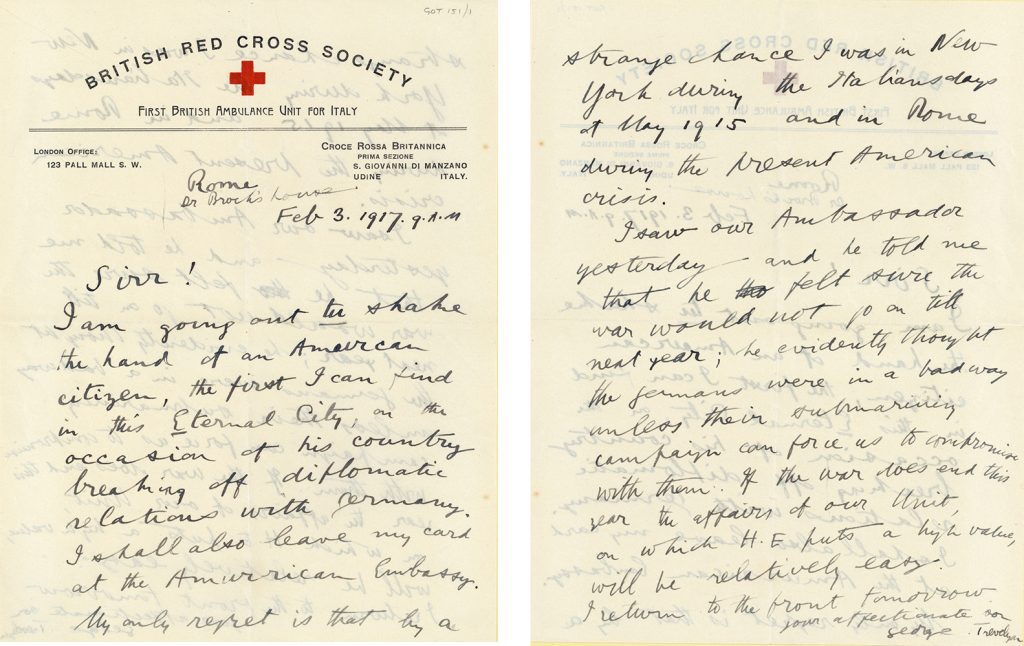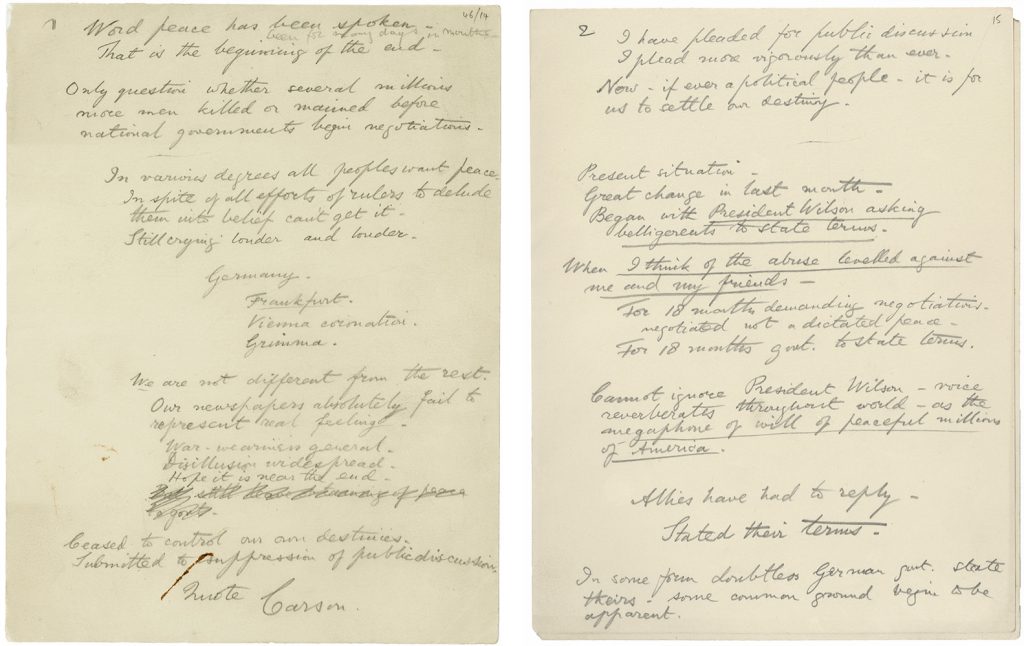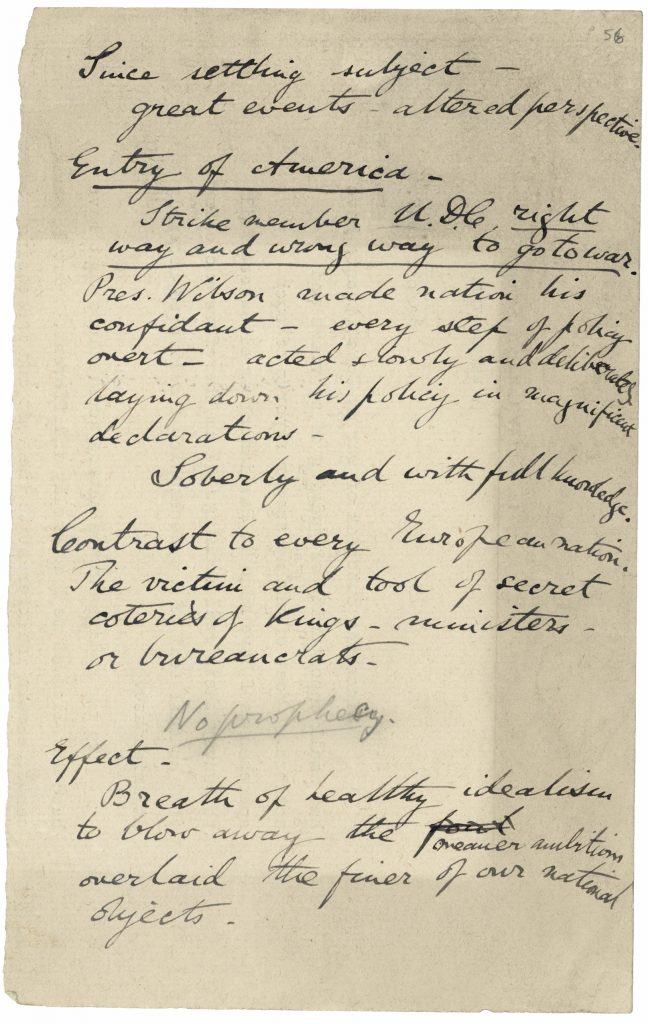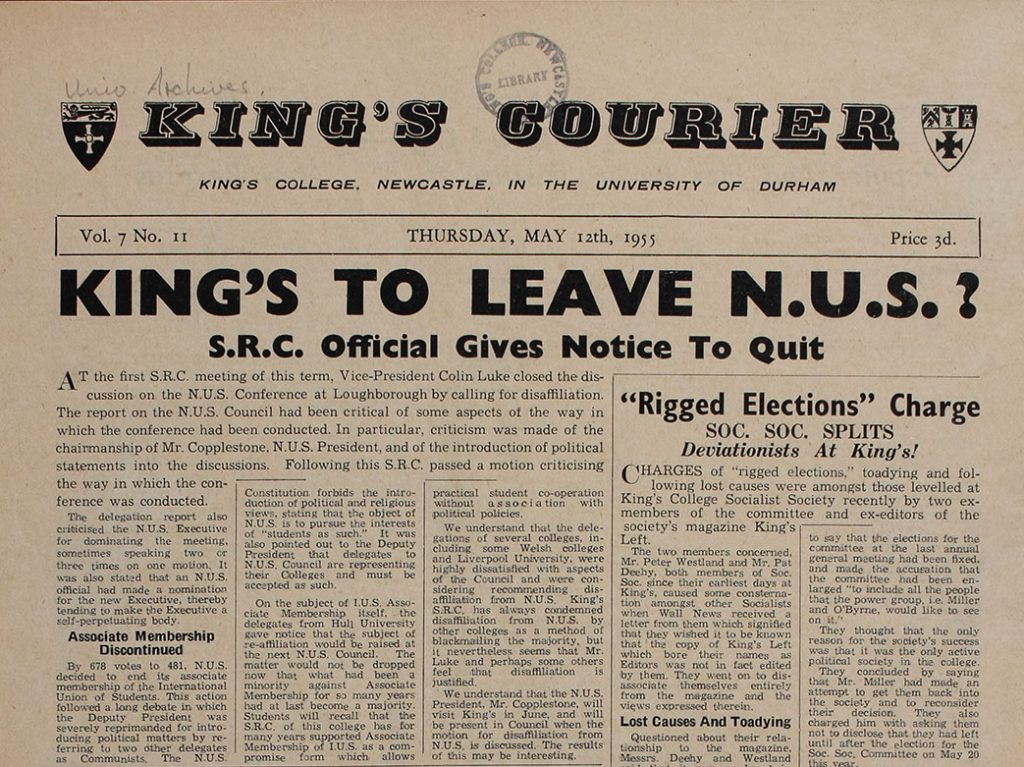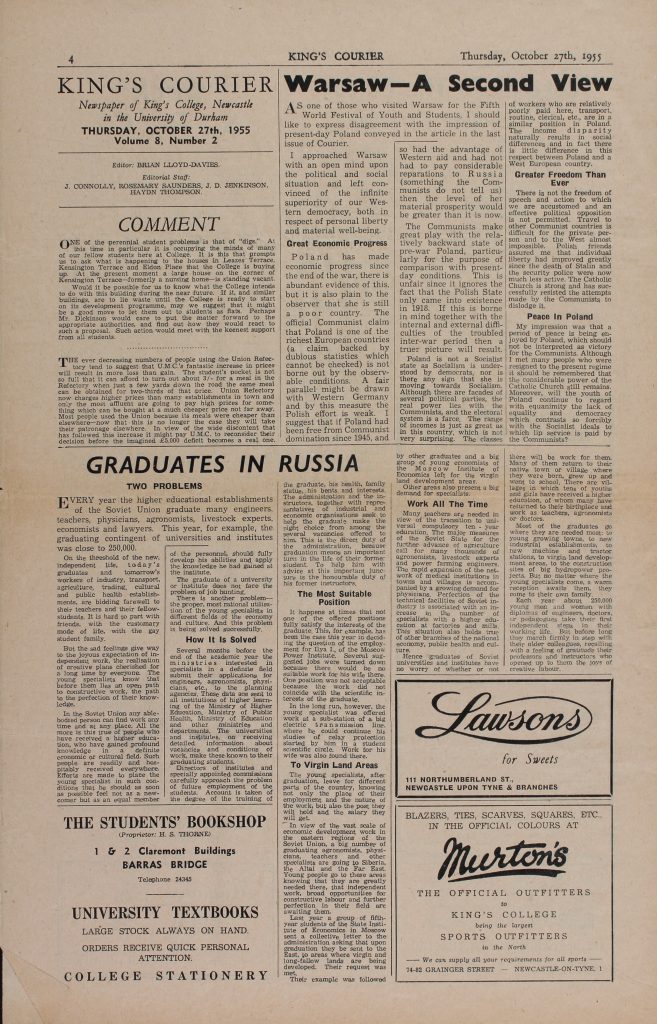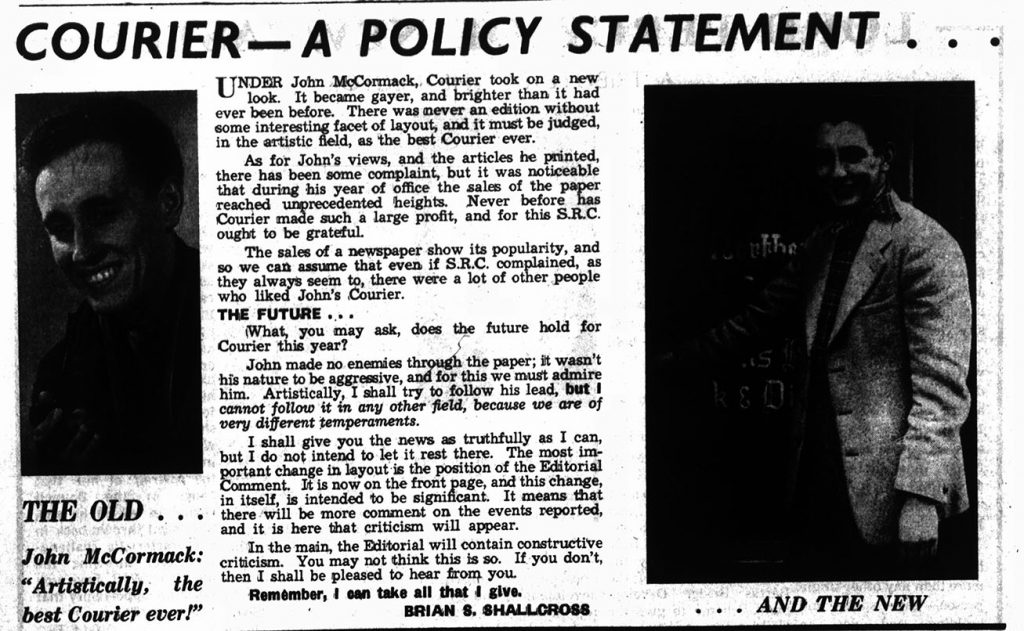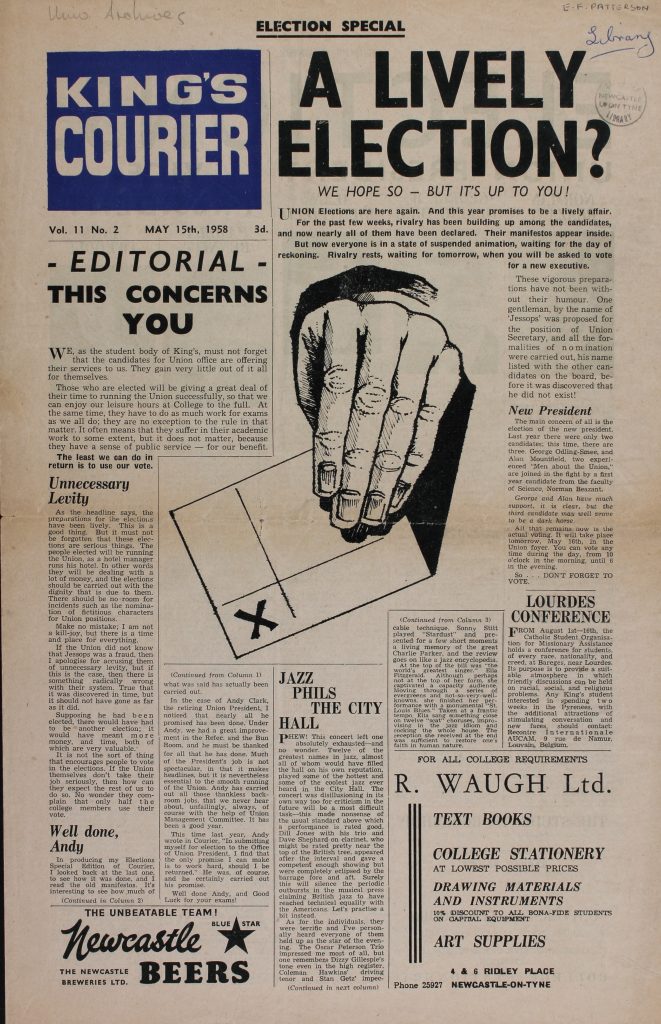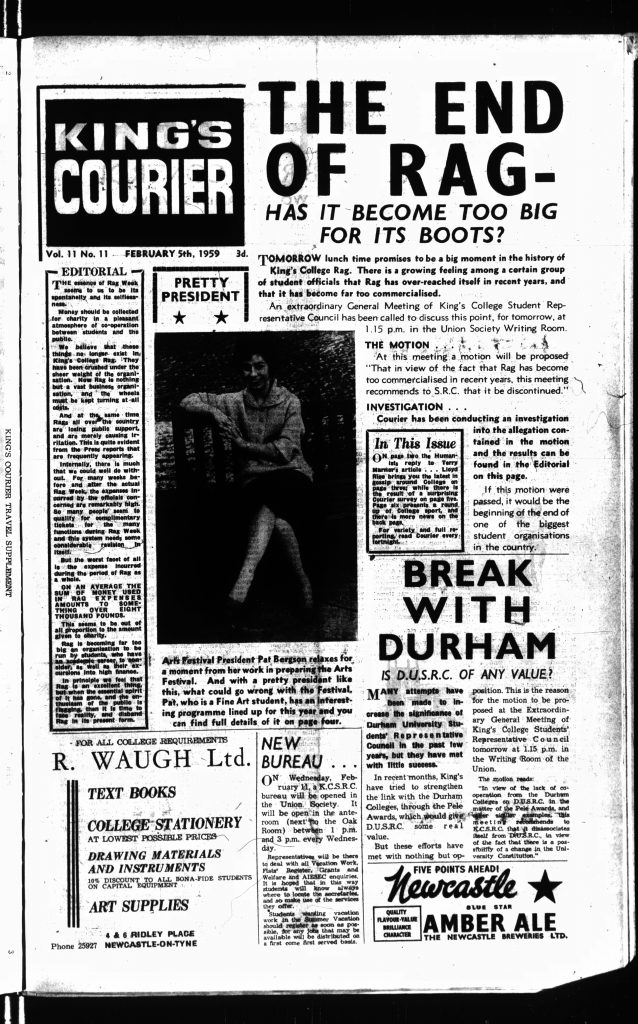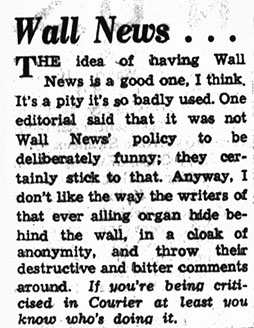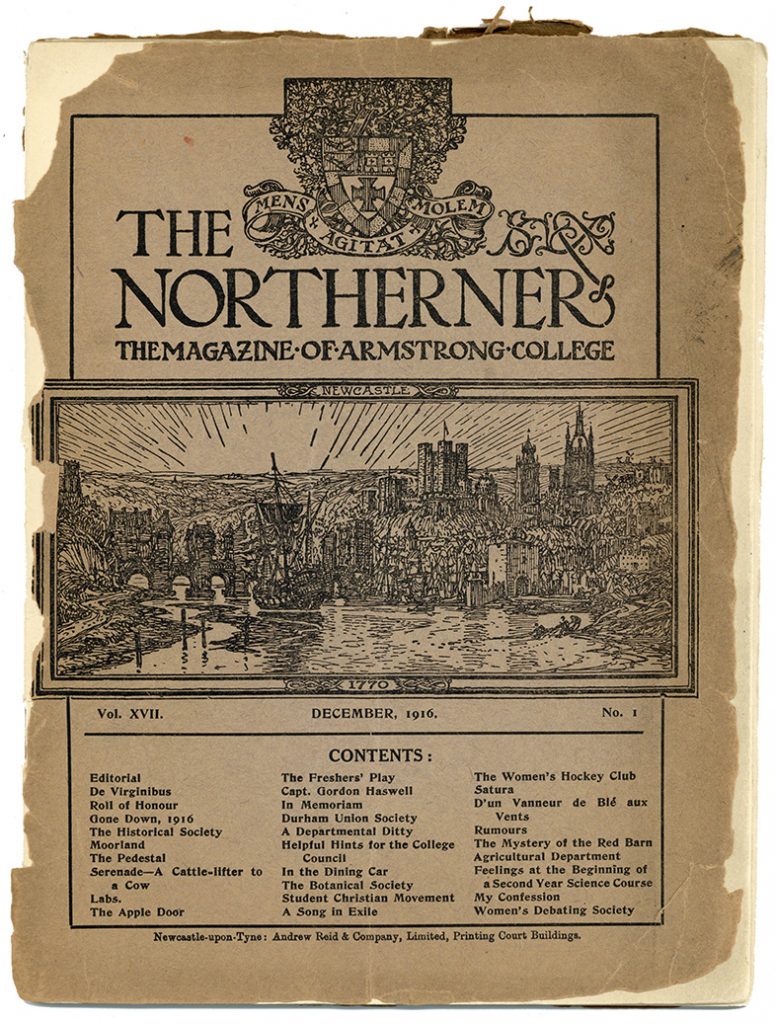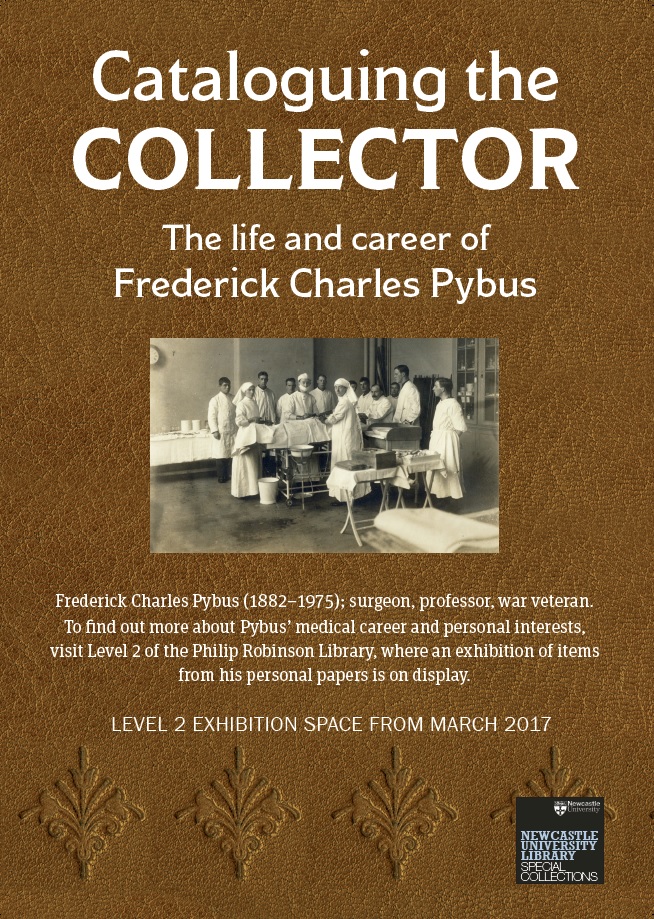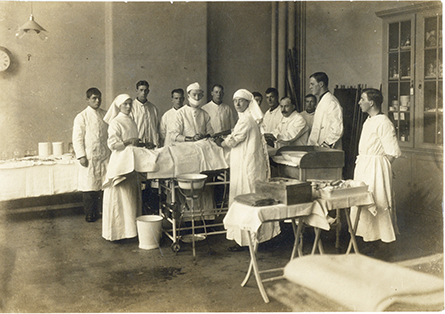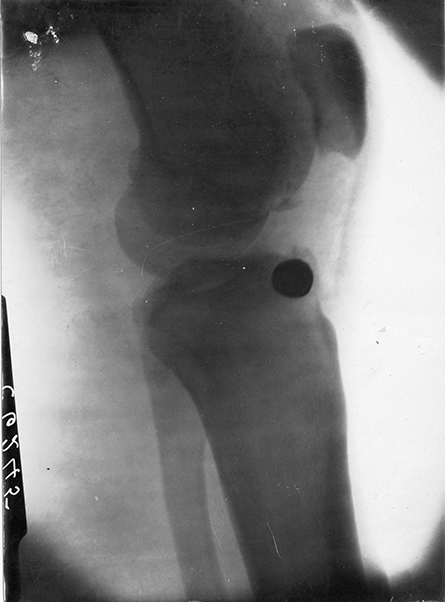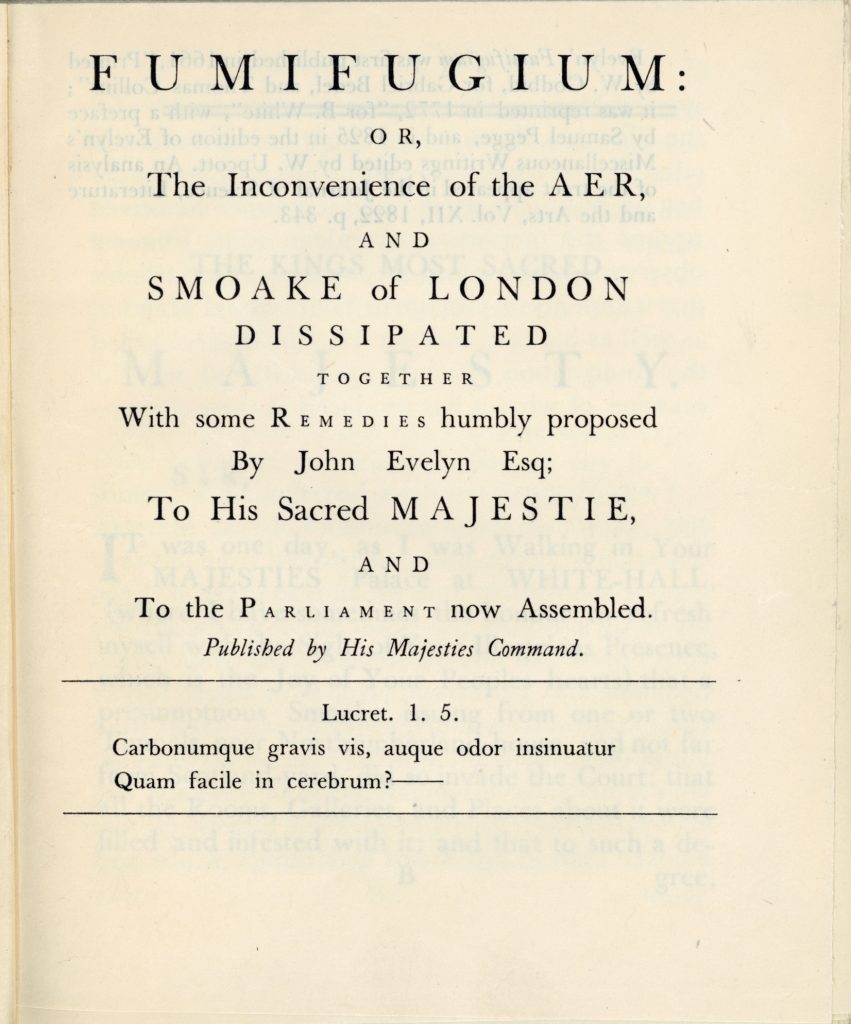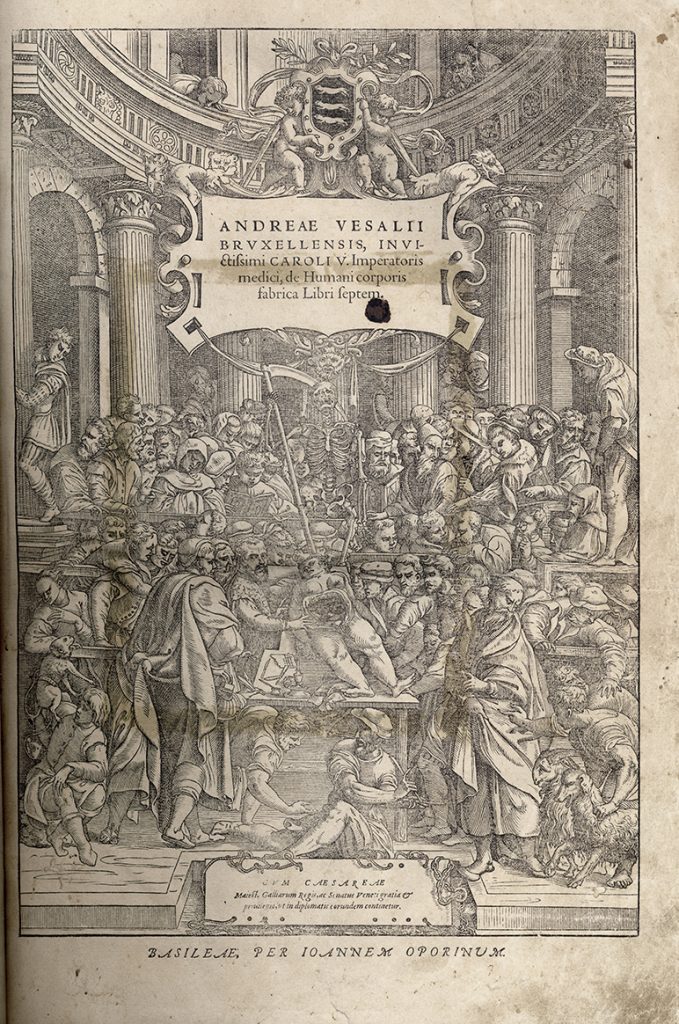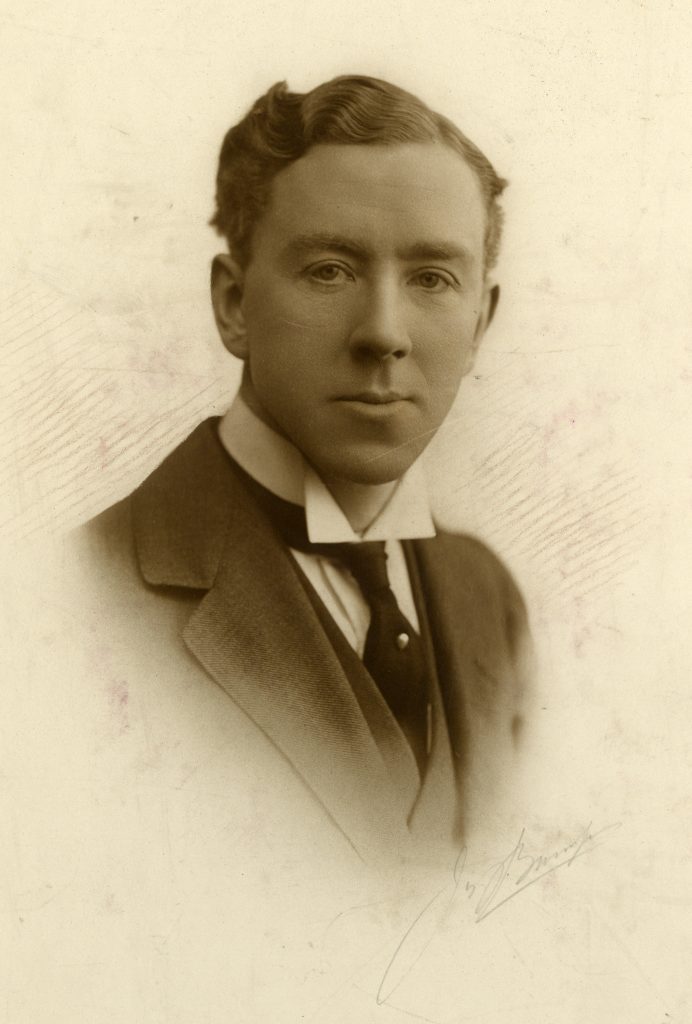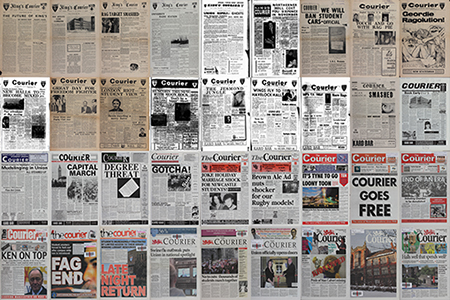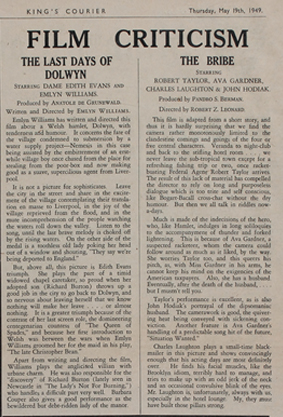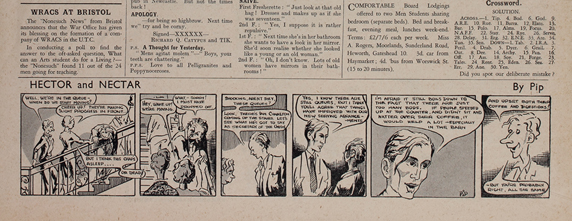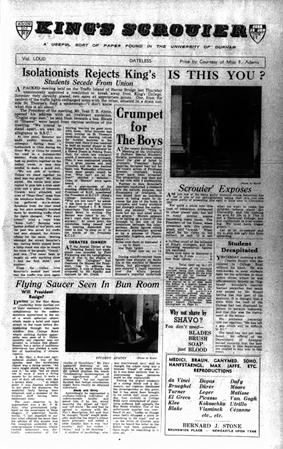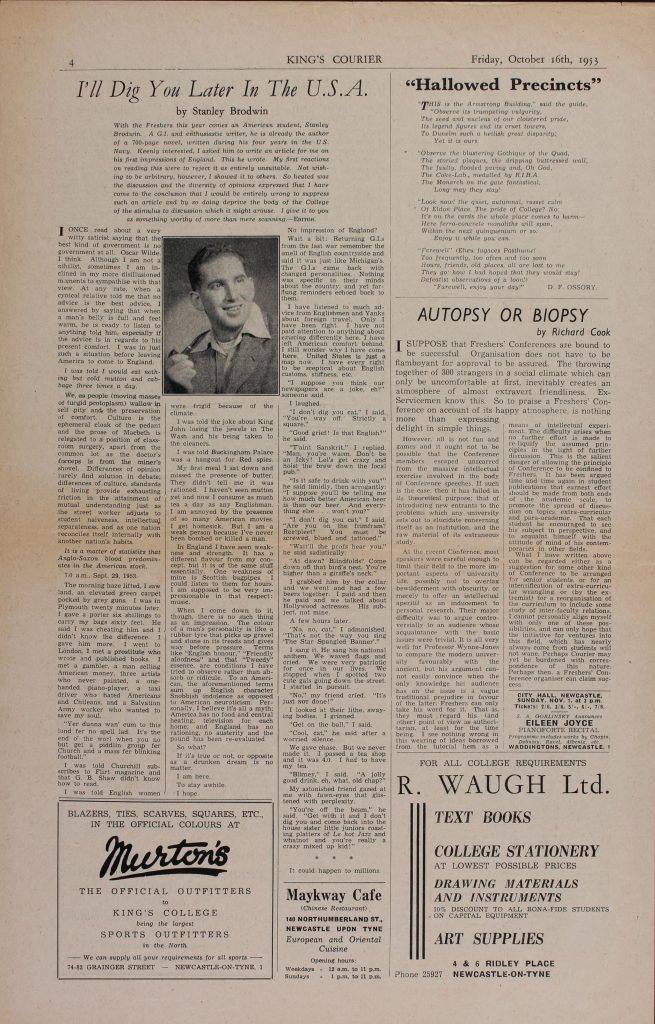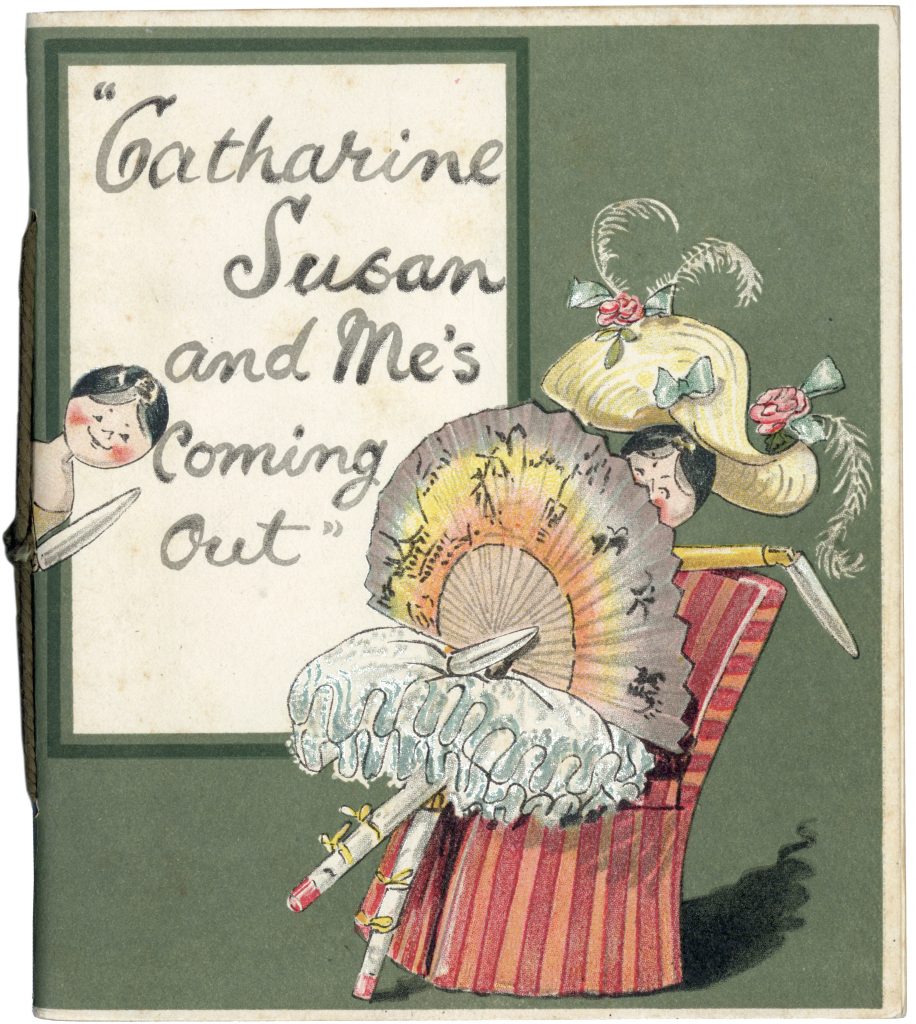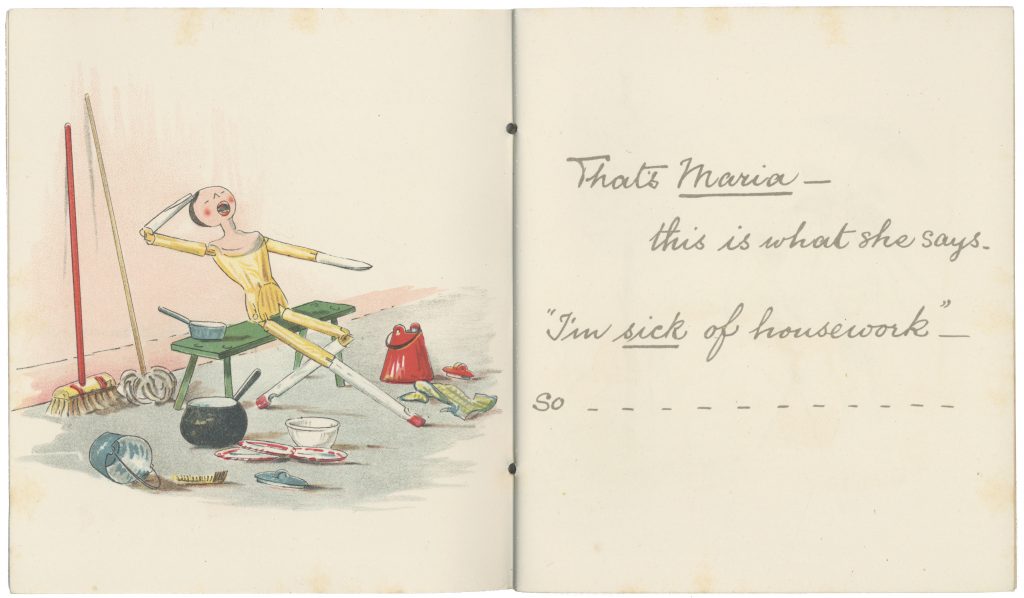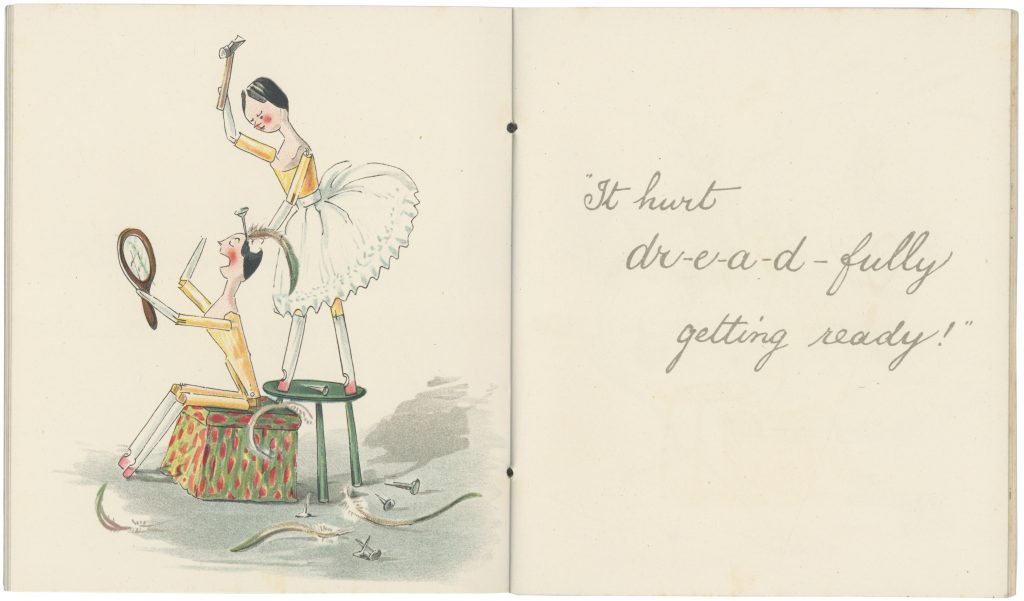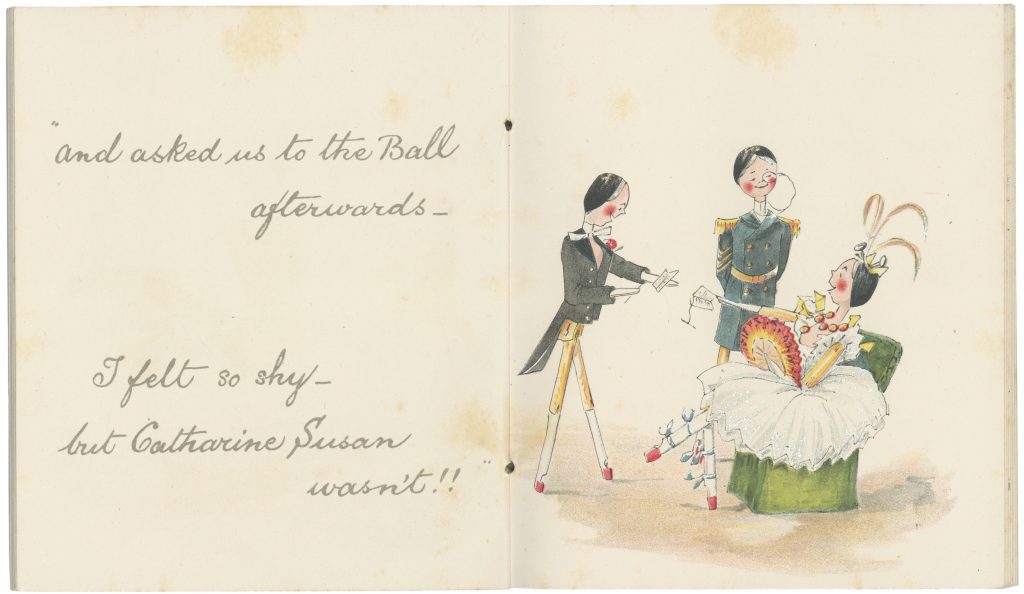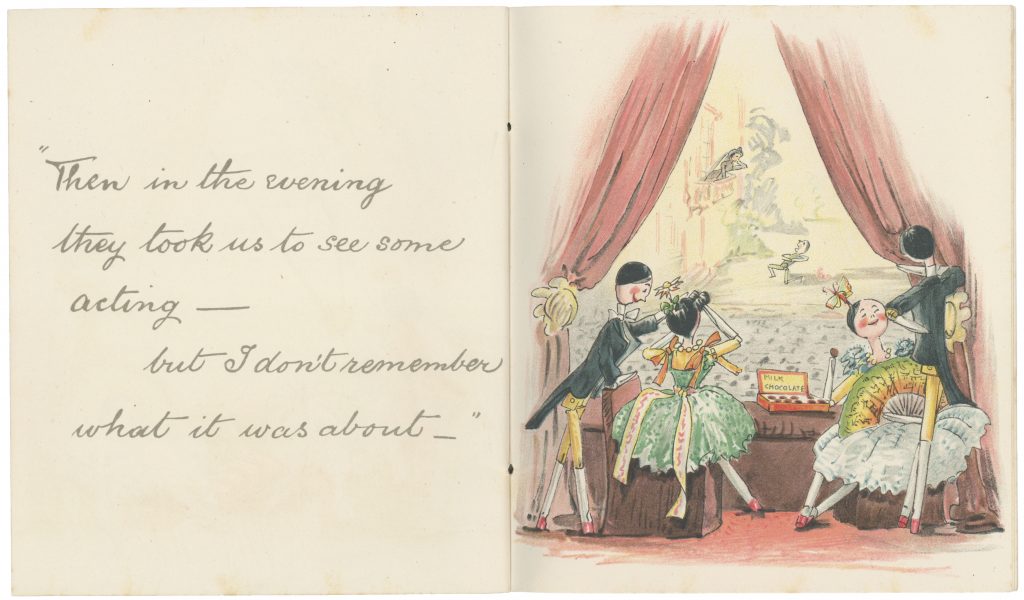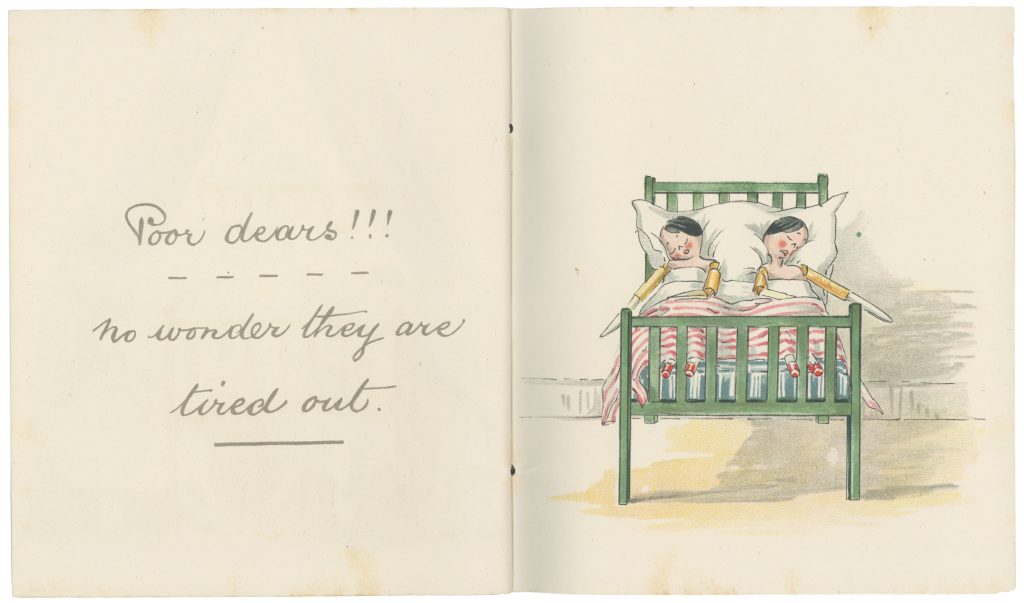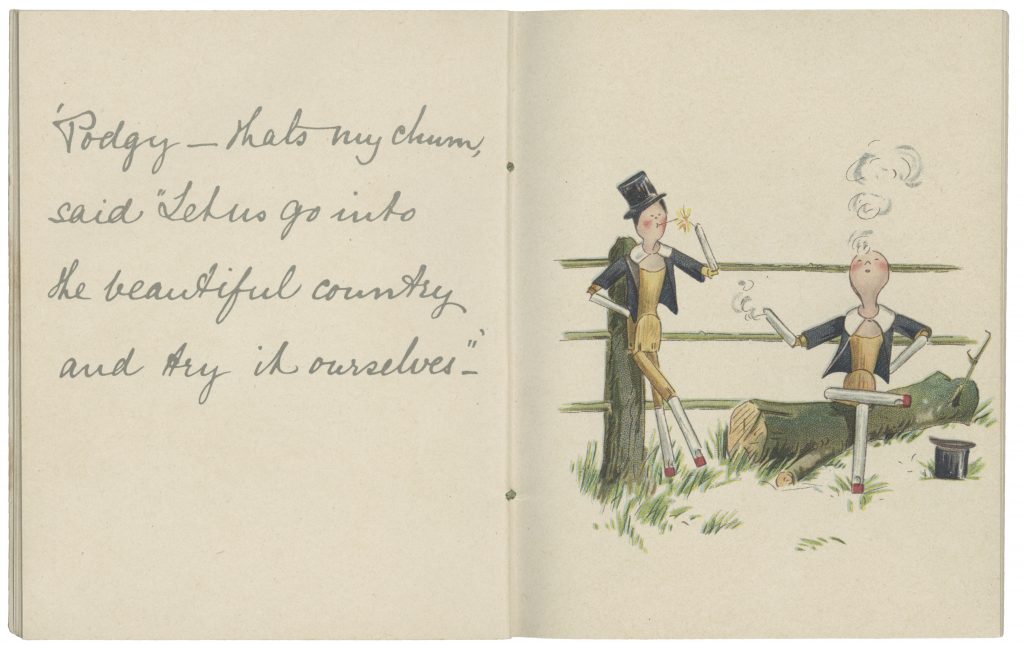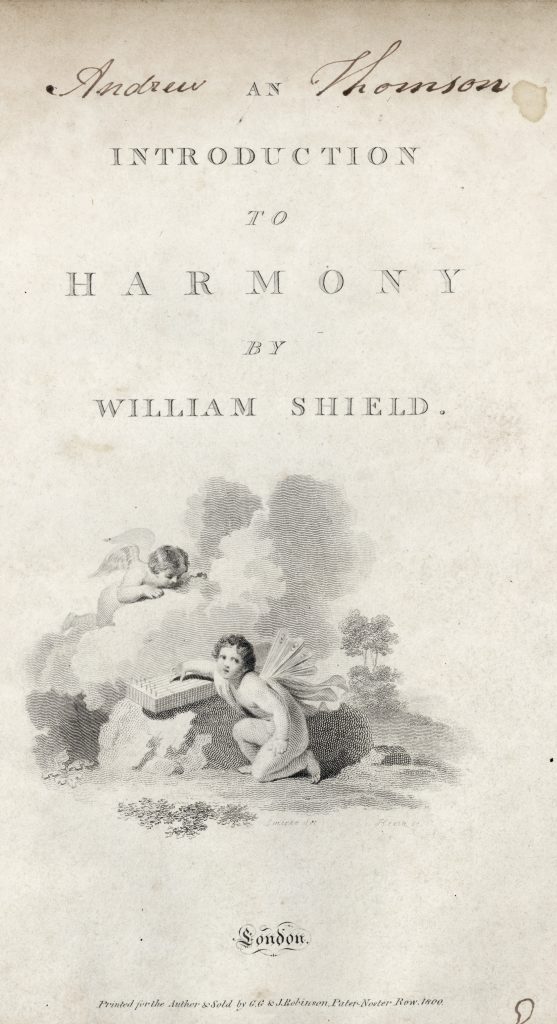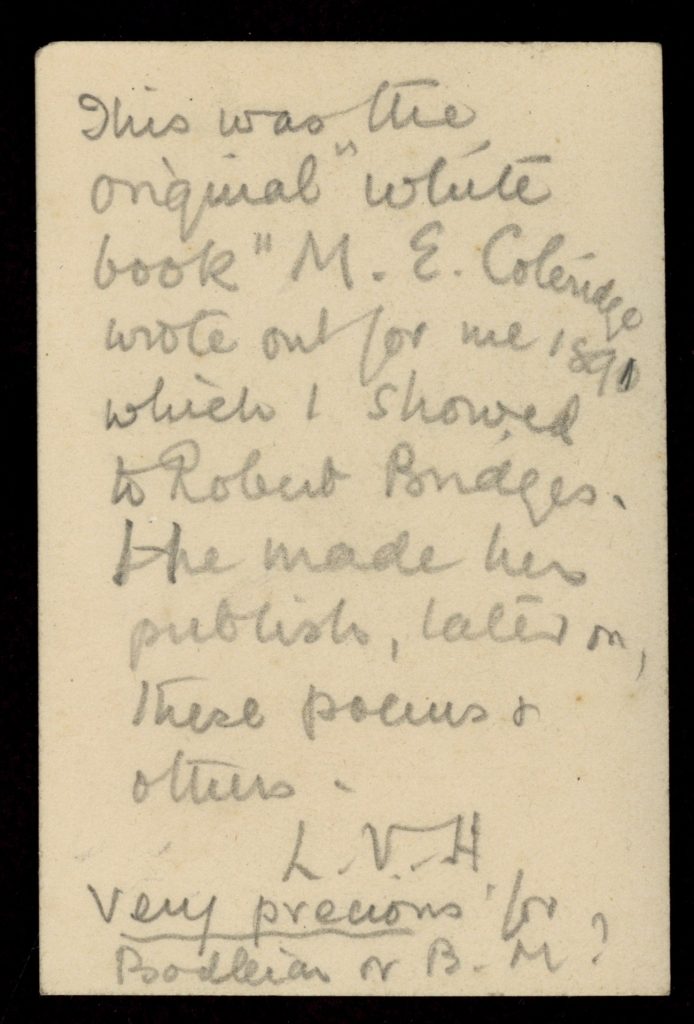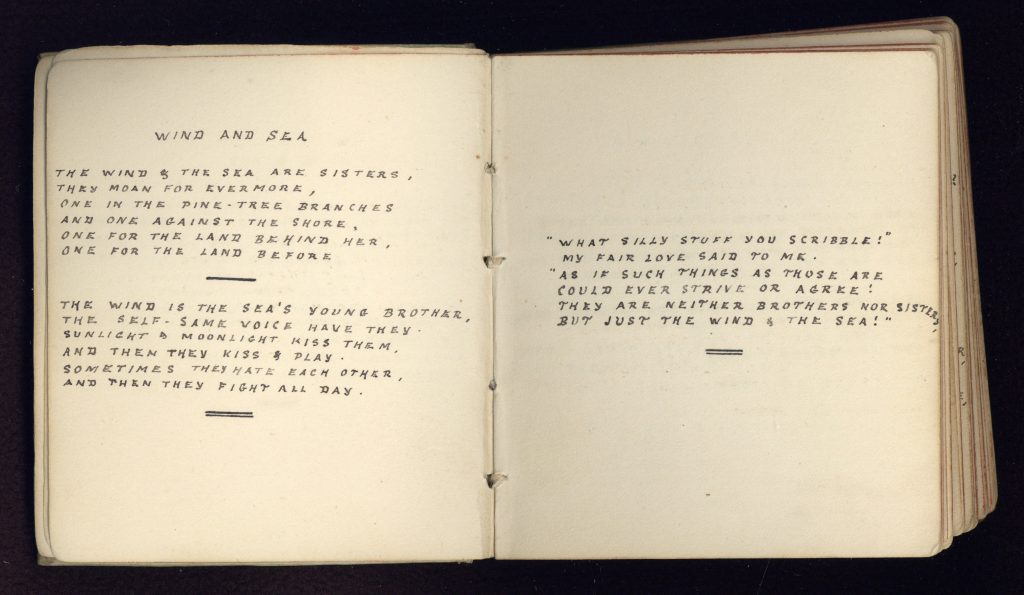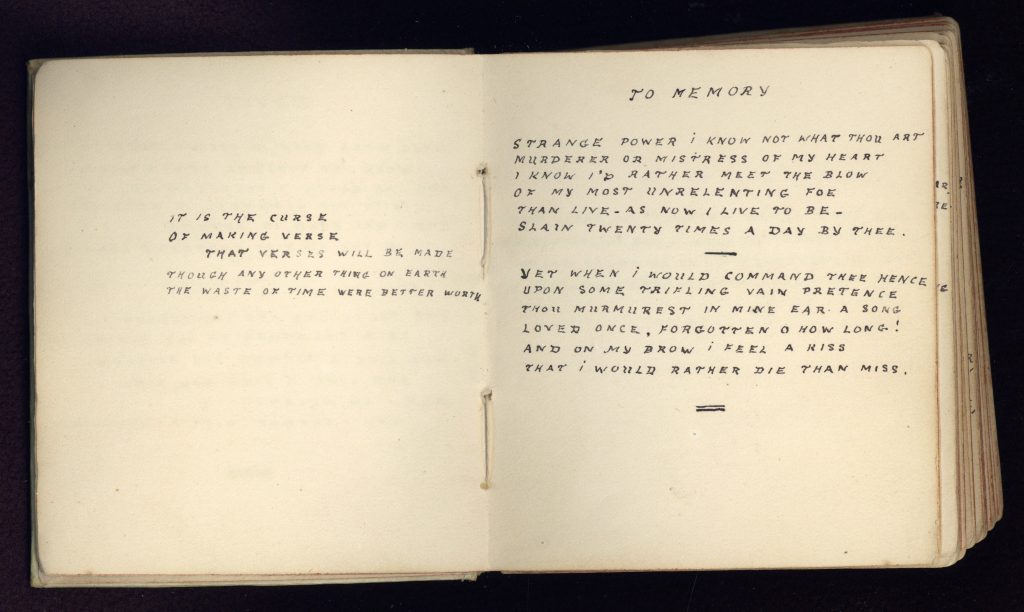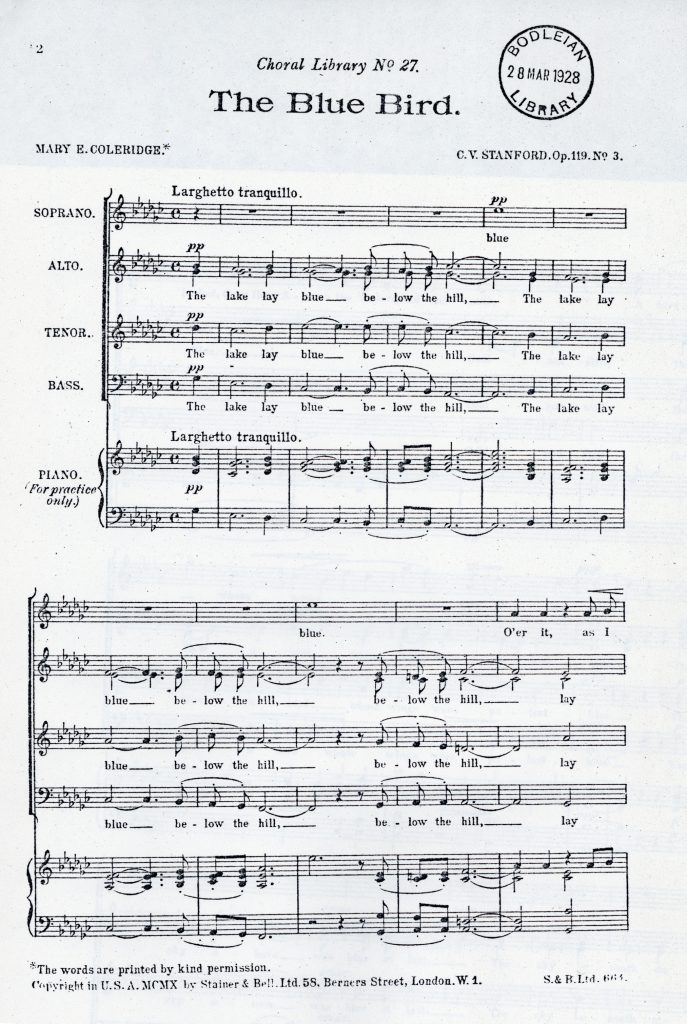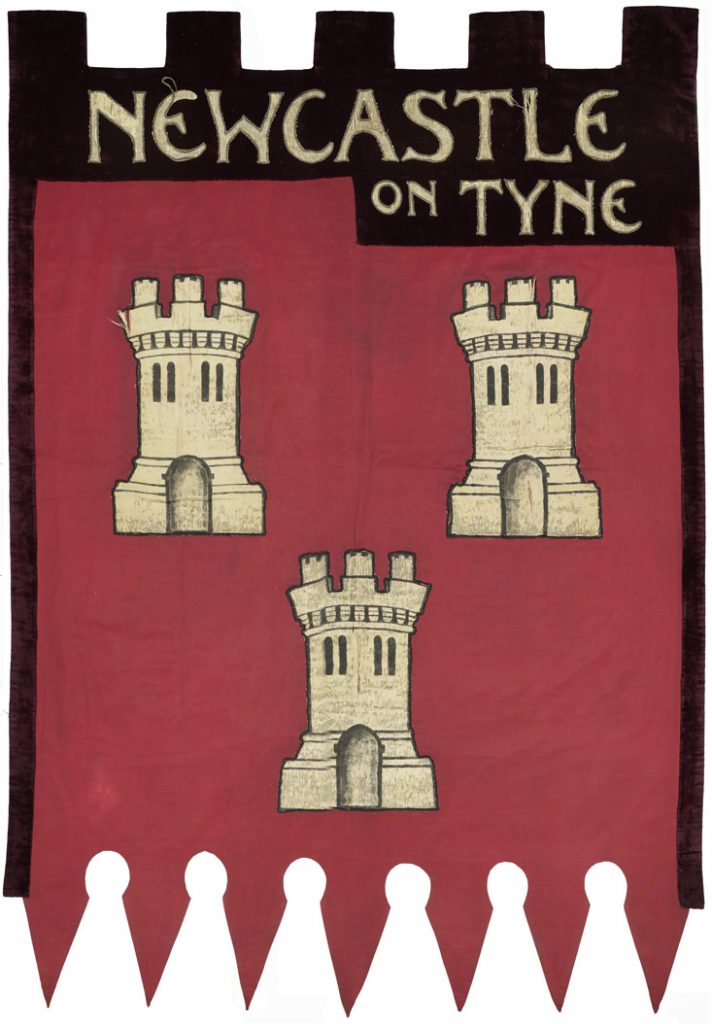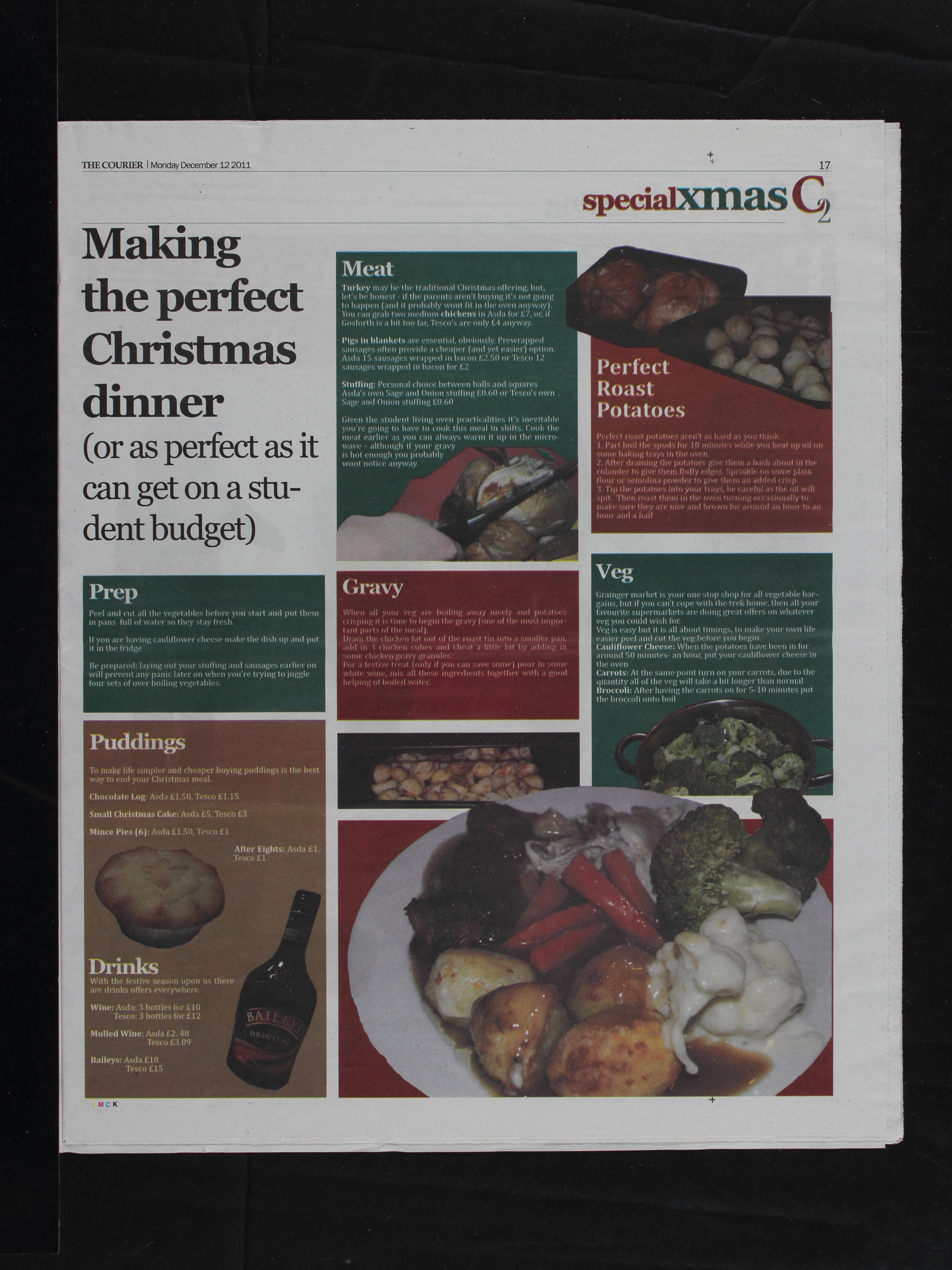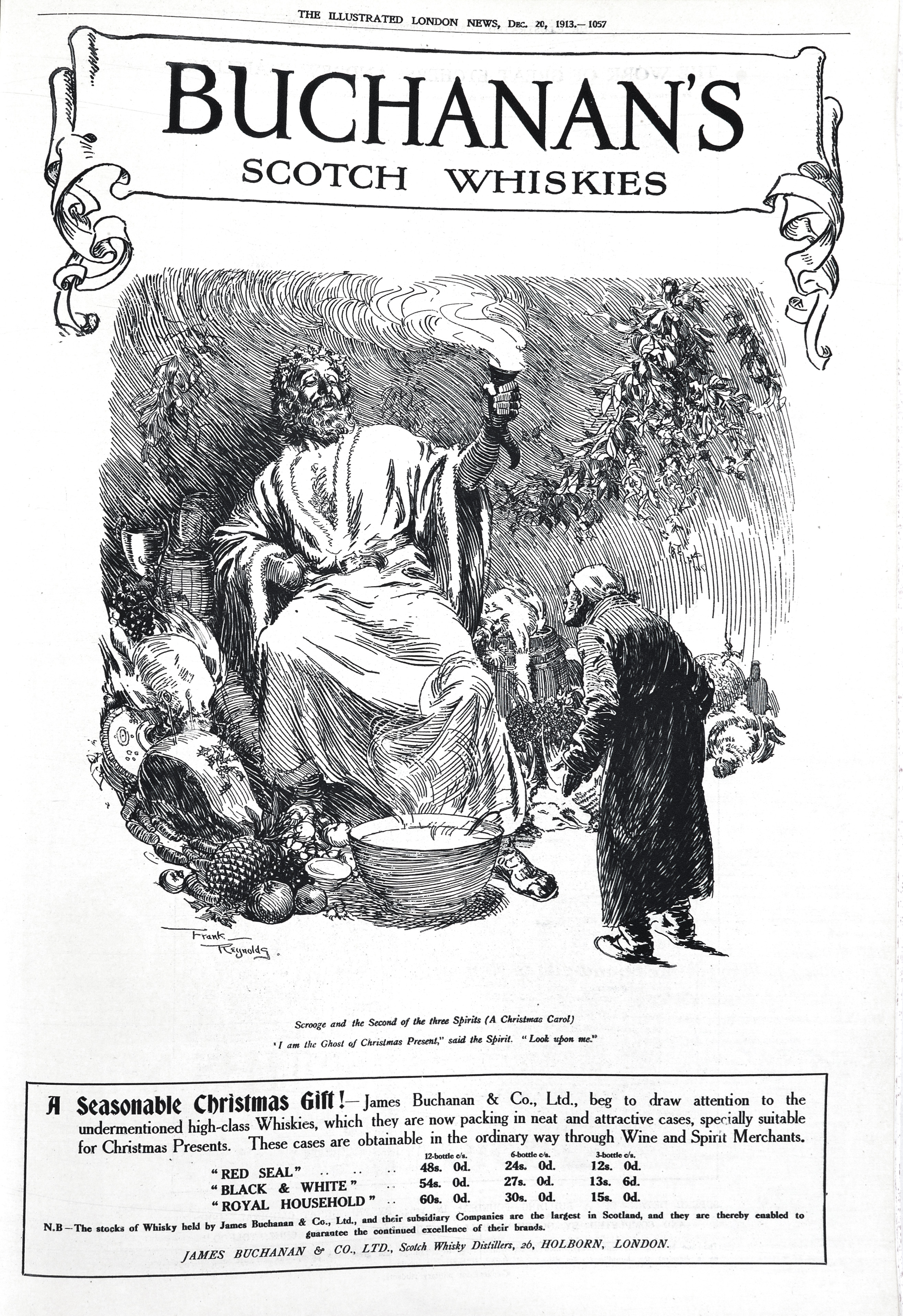6th April 2017 marks the centenary of America entering World War I. Until this point President Woodrow Wilson had outwardly shown a neutral stance whilst allowing the banks to make loans to Britain and France. At this point the majority of American citizens were of European origin, descendants of immigrants who were of previous generations who showed little interest in the war.
However, early in 1917 two major events occurred leading President Wilson to break off diplomatic relations with Germany in the first instance, and made a speech to Congress on the 2nd April (copy of speech available at WR 163 ‘America and Freedom being the statements of President Wilson on the War with a Preface by Rt. Hon. Viscount Grey’).
America declared war on Germany four days later.
The first event which led to this was the increased German aggression shown over the Atlantic. Here, all boats heading towards Europe, no matter the nationality or purpose of vessel, were targets for sinking by U-boats.
The second was the incident of the Zimmermann telegram – a communication from Germany to Mexico which proposed a military alliance between the two countries should America join the War. However, this telegram was intercepted by British intelligence.
At the same time in Europe, there were contrasting emotions from two brothers towards the war and America’s involvement.
George Macaulay Trevelyan was based in Italy commanding an ambulance unit for the British Red Cross, and in a letter to his father he expressed his feelings on America entering the war.
SSir!
I am going out to shake the hand of an American citizen, the first I can find in this Eternal City, on the occasion of his country breaking off diplomatic relations with Germany.
I shall also leave my card at the American Embassy.
My only regret is that by a strange chance I was in New York during the Italians Days? of May 1915 and in Rome during the present American crisis.
I saw our Ambassador yesterday and he told me that he felt sure the war would not go on till next year; he evidently thought the germans were in a bad way unless their submarine campaign can force us to compromise with them. If the war does end this year the affairs of our unit on which H. E. puts a high value, will be relatively easy.
I return to the front tomorrow
Your affectionate son
George Trevelyan
(Extract from GOT 151)
On the other hand, George’s brother Charles Philips Trevelyan, Liberal MP and Parliamentary Secretary to the Board of Education was against the war. He had already resigned his post and been a founder member of the Union of Democratic Control – a pressure group containing MPs from both the Liberal and Labour parties and included various influential figures such as author Norman Angell and journalist E. D. Morel. They were against conscription, and wanted more negotiations.
During a speech at Bradford, Charles spoke about the number of casualties and America’s position in the war at that time. Three months later at Hammersmith he spoke about America’s entry into the war.
Word peace has been spoken
been for many days and months
That is the beginning of the end –
Only question whether several millions more men killed or maimed before national governments begin negotiations.
……………………..
Present situation
Great change in last month
Began with President Wilson asking belligerents to state terms.
When I think of the abuse levelled against me and my friends –
For 18 months demanding negotiations- negotiated note a dictated pence –
For 18 months for government to state terms.
Cannot ignore President Wilson – voice reverberates throughout world – as the megaphone of will of peaceful millions of America.
(Extracts from CPT 46/14 – CPT 46/15)
At the time of this speech there were eight million dead as a result of the war.
Entry of America –
Strike member U.D.C right way and wrong way to go to war. Pres. Wilson made nation confidant – every step of policy overt – acted slowly and deliberately laying down his policy in magnificent declarations. Soberly and with full knowledge.
Contrast to every European nation. The victim and tool of secret coteries of Kings – ministers- or bureaucrats.
Trevelyan then continues about America bringing a “Breath of healthy idealism to blow away the over…..? ambitions overlaid the finer of our national objects” and wanting nothing from the War.
“Exactly the same things in mind as in his previous utterances”. We of U.D.C. cannot ask for peace on better terms because what we have advocated for two years”
(Extracts from CPT 46/56)
With America’s involvement the war lasted another 19 months, and had been dubbed the war to end all wars. However, Charles Philips Trevelyan’s anti-war stance contributed to his rejection from his constituency and he lost his seat in 1918. Four years later, after changing his political allegiance to the Labour Party, he became M.P. for Newcastle Central becoming President of the Board of Education in 1924. The Union of Democratic Control was eventually disbanded in the 1960s.

